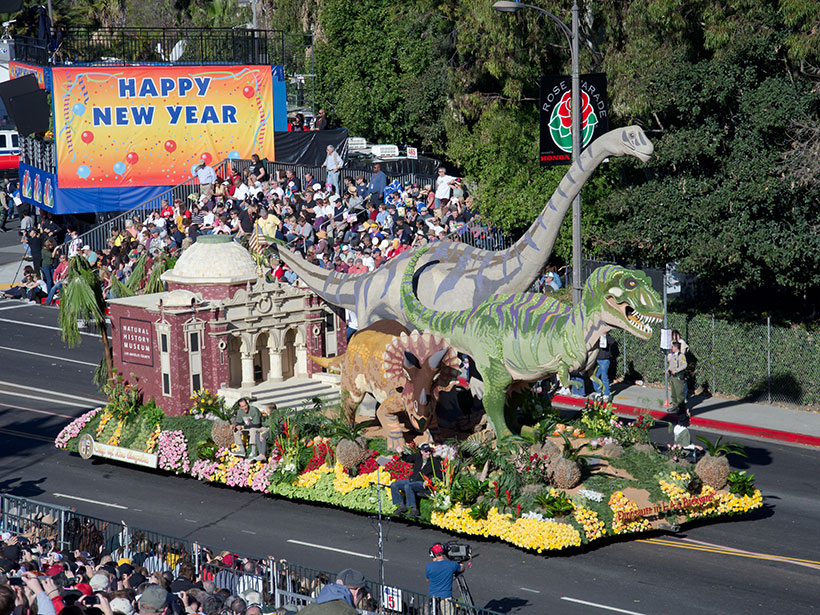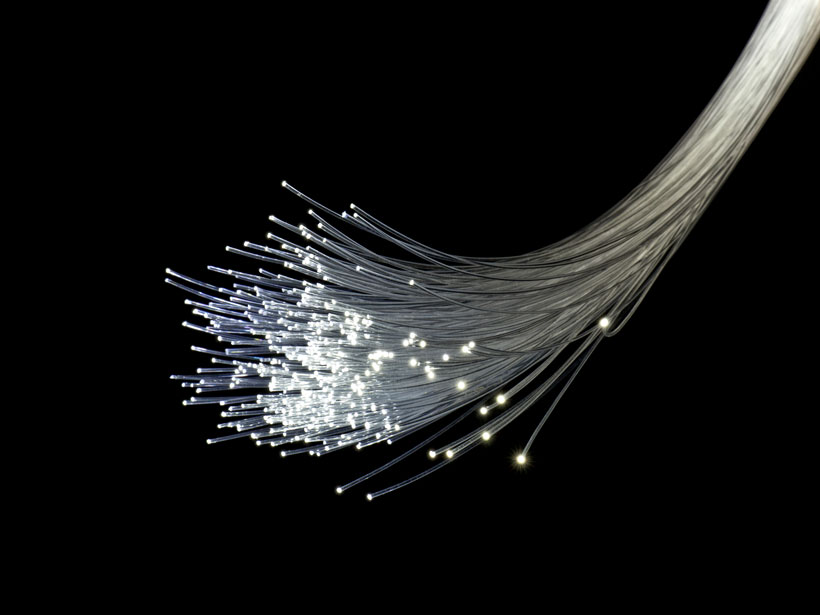Telecom fiber repurposed as distributed acoustic sensing arrays can image near-surface structure and potentially improve seismic hazard mapping in urban areas.
distributed acoustic sensing (DAS)
Using Sound and Vibration Signals to Understand the Subsurface
A new book explores Distributed Acoustic Sensing, a technology with a range of applications across geophysics and related fields.
Sensing Iceland’s Most Active Volcano with a “Buried Hair”
Distributed acoustic sensing offered researchers a means to measure ground deformation from atop ice-clad Grímsvötn volcano with unprecedented spatial and temporal resolutions.
Aftershocks and Fiber Optics
Internet cables can be transformed into a string of dense seismic sensors, and this approach has now been shown to be highly useful for quickly monitoring seismicity after major earthquakes.
Laser Flashes Shed Light on a Changing Arctic
An ongoing project in northern Alaska is using pulses of laser light to monitor anthropogenic activity, ice quakes, and marine wildlife.
Fibers Pick Up Silicon Valley Traffic Changes During Quarantine
Fiber-optic cables measured a 50% decline in Sand Hill Road traffic in March.
Everything’s Coming Up Roses for Pasadena Seismologists
Using fiber-optic cables, a new seismic network charts vibrations associated with the Rose Parade’s massive floats and marching bands.
Unused Fiber-Optic Cables Repurposed as Seismic Sensors
So-called dark fiber can serve as regional seismic activity monitors and also detect earthquakes thousands of kilometers away, according to new research.
Fiber-Optic Networks Can Be Used as Seismic Arrays
A new study repurposes telecommunications cables to harness sound from light. The method can accurately measure ground motion from distant earthquakes.









